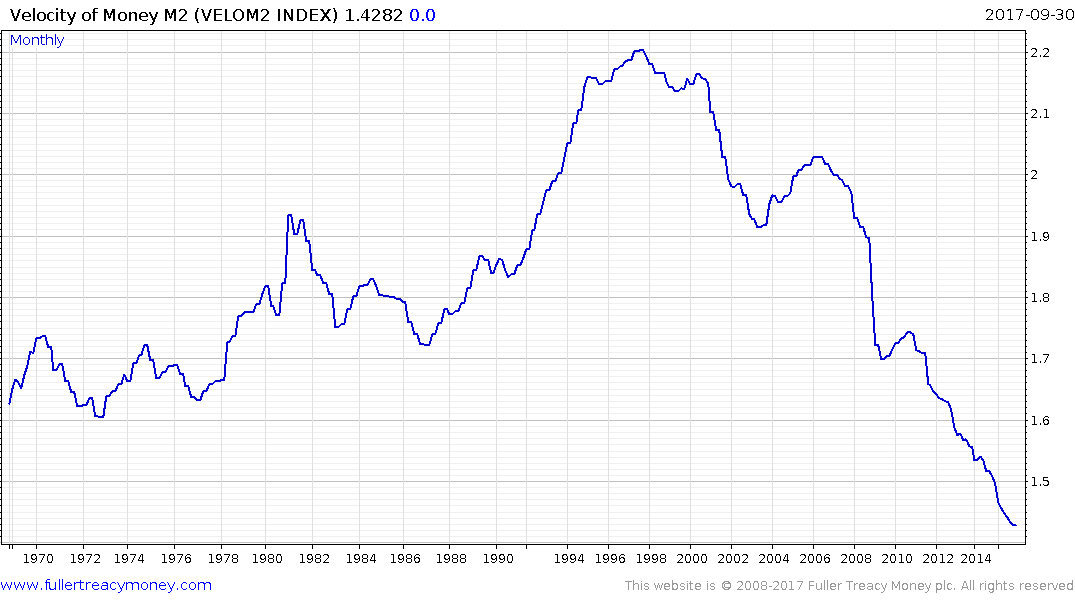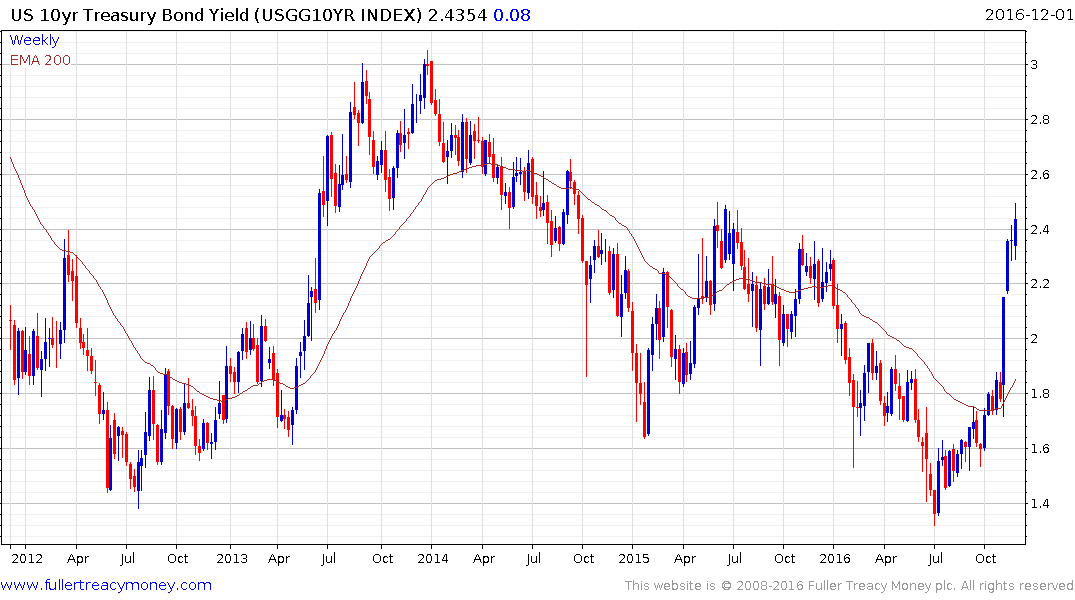Email of the day on what to do in the third psychological perception stage of a bull market:
Eoin Treacy's view -After listening to the latest Long-Term Outlook broadcast in which you reiterated your view that we were in the final phase of a cyclical bull market and that while it was a time to be watchful, it was not a time to sell, I could not help thinking back to 2008 when David, in his daily audios, said on several occasions that he did not think the sub-prime crisis would amount to much.
Unless I'm much mistaken, he continued to make this comment until at least June. Around June 2008, I bought Citibank at $33 (equivalent to $330 today) yielding 7.5% - a bargain. They fell to $27 and I bought some more. Unfortunately, I lacked the guts to buy when they fell to $1 but I did add to my holding as the price steadied and rose - not much because I remained cautious (scared to death to be more truthful). Only this year has my Citibank investment moved into profit. I make these comments because as Sam Goldwyn famously said, 'forecasting is difficult, particularly when it's about the future'.
Like anyone else, I have no clue as to the timing, the depth or the length of the next correction or crash. However, without income flowing in from any source other than investments, I am now beginning to prune - or intending to prune: selling, as you know, is harder than pulling hens' teeth.
Why do I want to prune now? Because I do not want to be trying to raise cash when markets are plummeting. Some would argue that one should just hold through the corrections and crashes and I would agree with that - to an extent. My caveat would be that one must have cash to take advantage of the market swoons when they occur. If one remained fully invested from 1999 to the current time and lacked cash to add to the market in 2009 or 10, one's returns would not look overly good. So, I intend to increase my cash reserve now, probably top slicing tech, resources and China. If I wait for someone to ring a bell, or point out that chart patterns are deteriorating, the probability is that it will be too late.
Thank you for this generous email which highlights a range of emotions and experiences that I believe will be valuable to the Collective. I agree breaking up is hard to do but the best time to take profits is when the market is accelerating higher. At least when you are taking profits, you are not buying more which is one of the biggest mistakes a long-term investor can make in an accelerating market.
This section continues in the Subscriber's Area. Back to top




.png)
